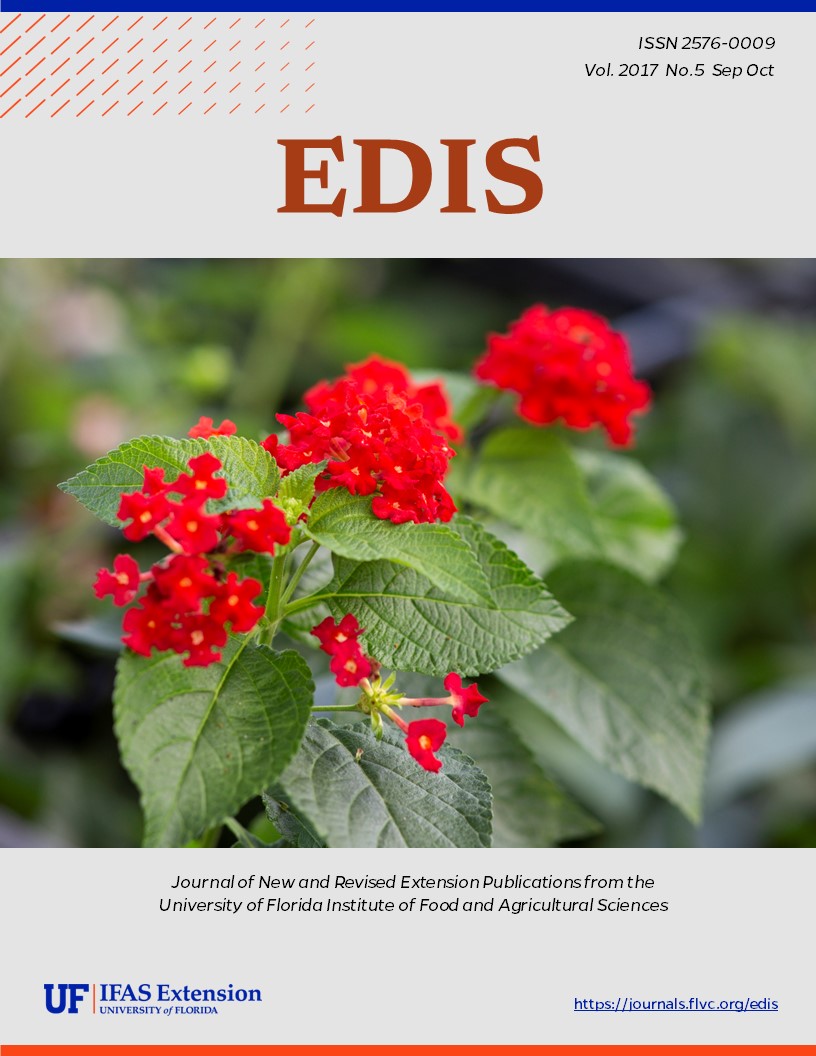Resumen
Agritourism marries Florida’s two largest industries, tourism and agriculture, to provide an on-farm recreational experience for consumers. Florida has experienced record tourism in recent years, with 105 million visitors spending more than $85 billion in 2015, according to VISIT Florida1. Although Florida trails many other states in the number of agritourism operations2, the number of Florida farms offering recreational experiences more than doubled from 281 in 2007 to 724 in 2012, according to USDA Census of Agriculture data3. This document describes the laws governing Florida agritourism operations, including the original 2013 definition (F.S. 570.96) and clarifications passed in 2016 (F.S. 570.85-89). A companion document, Agritourism Building Code Rule Development4, discusses statutes affecting building and fire codes for agritourism operations.
Unless otherwise specified, articles published in the EDIS journal after January 1, 2024 are licensed under a Creative Commons Attribution-NonCommercial-NoDerivs 4.0 International (CC BY-NC-ND 4.0) license.

